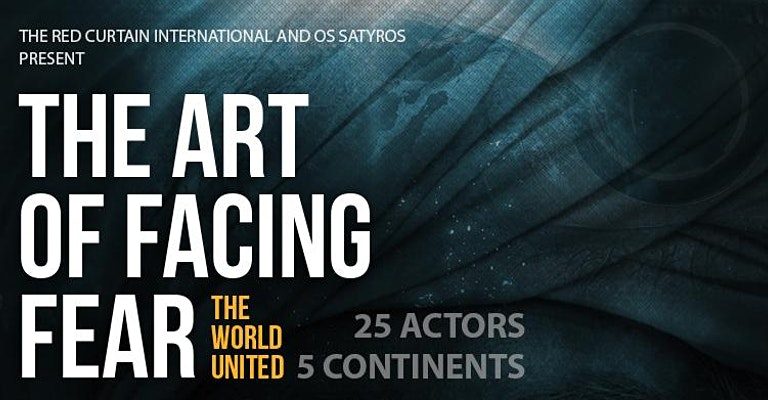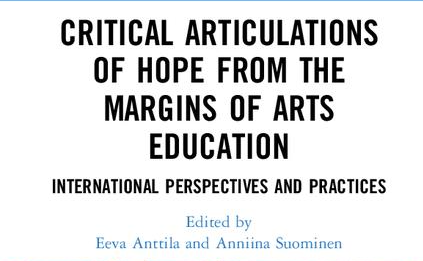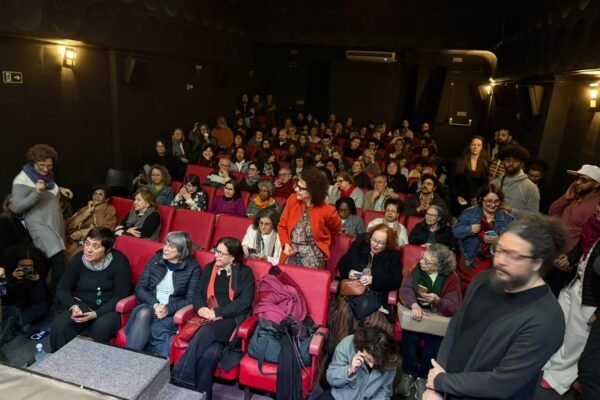by Ernest Kearney
Concerning these theatre-faux video productions that have been dealt out to sate the “jonesing” of the culturally attuned, the progression has unfolded pretty much as one would expect.
From “Dreadful” to “Okay, not frigging bad” to “Dang! They’re getting the hang of this.”
Now I’m a guy who, on past occasions, has foolishly bought a bag of oregano off of two fast-talking juvenile douches standing on a dark street corner near the intersection of La Brea and Sunset, so I know a bit about desperation spun from an addiction while in hardcore crave mode.
Like many of you, my ache for live theatre has passed beyond the Defcon 5 phase in a cheesy Sci-Fi flick to the Donner Party’s “Hey, nice thighs on that Samuel Shoemaker” stage.
It has gotten to the point where, even for an all-female cast revival of The Odd Couple at the Morgan-Wexler theatre, I’ve offered to sacrifice my first-born to whatever sinister, sadistic Lovecraftian, cosmic entity inflicted this vile plague on humanity.
But like it or not, it seems as if the ecstatic joys of the theatai are to be denied us for some time to come.
In which case, I suppose this review heralds good news: I have encountered the first Zoom-woven drama of the emerging “New Digital Theatre;” proof that the creative spirit suffers no demise.
The Art of Facing Fear is an hour-long video drama by Brazilians Ivam Cabral and Rodolfo García Vázquez; designed especially for these trying times of dark venues and social isolation.
Set in the “possible not-too-distant dystopian future,” the piece purports to reflect the anxieties and fears felt by our global village after the confinement of 5,555 days in quarantine. This is a tall order for Playwright Cabral and Director Vázquez; one which the piece fails at frequently. But we do not remember Icarus for the inevitability of his plummet, but the valor of his flight and the valor of Cabral and Vázquez is equally deserving of praise.
The work is cleverest at luring its audience into the reality of its dramatic concept.
During a preshow presentation, instructing the viewers on how to properly engage their computers or cell phones to achieve the optimal results, cast members request to know from the “audience” if they personally have lost anybody to Covid-19 and what fears they are most burdened by. The responses come:
- “I’m afraid of the brutal government.”
- “I lost my friend Gene. It was like watching Mount Rushmore crumble to dust.”
- “I’m afraid I might lose my job.”
- “My father passed away and I was not able to travel to Massachusetts to say ‘Goodbye.’”
- “I’m afraid of mass extinctions.”
From there we are presented the dual-streamed premise within the framing of a Zoom clustering. It begins with a roll-call of the individuals seeking resurrection from the tomb of isolation, the hope of an escape through faith in a digital salvation.
The faces we see are a hodge-podge of hues and races reflecting a gender diversity both assigned and chosen, a virtual U.N. assembly from around the globe; the Americas, Europe, Asia, Africa. They call out their names and locations, the sense of isolation, of threat, stare out at us from faces drawn and shrunken by an intense and harsh poverty of body and soul.
And here Cabral and Vázquez display still further allurements cleverly employed towards the audience: The “Host” calls roll –
“Danielle from Anchorage, Alaska?”
And a screened face responds “Here” or “Present” establishing to the others they have survived, at least to this point.
Other names meet with no reply. The implication is obvious; these individuals have not survived, and at some point the viewer realizes that he or she is familiar with these names. They know these names. Names like “Breonna Taylor.” Thus our reality begins to overlay that of the digital drama.
From there The Art of Facing Fear becomes like a Hieronymus Bosch triptych, passing through a house of mirrors devised by Eli Roth; monologues and skits follow. Some artistically rendered; Mia Hjelte executes a stunning dance with a beam of light possibly inspired by Sylvie Guillem’s Fragmento de Smoke; Rogelio Douglas III offers a passionate poem during a self-mummification in plastic. Other segments waver between Harold Pinter and Benny Hill such as Megan Skye Hale’s delightful over the top “Covidiot” who clamors her lamentations over being forced to wear a mask in public to a birthday gaggle of the most truly false friends ever.
The success of the segments undulates in constant flux, but what does not is the technologic skills of director Vázquez or the talents of his cast.
One of the common failings of these projects, that I have so far seen, is a disregard of the media within which they are working. Generally, able stage directors who reveal themselves as incapable “Quentin Quarantino;” for thinking it is enough just to set a camera in front of the performer.
Vázquez is of a finer cut, who shuffles and spins his images with a proficiency reminiscent of the late, great Ricky Jay.
Vázquez also benefits from his actors, in addition to those already named: Jessica Berón, Bryan Ha, Jessenia Ingram, Andre Engracia Mello, Zed E. Jones, Danielle Rabinovitch, Rob Lecrone, Nakasha Norwood, Terrence Robinson and Amable Junior Rosa. They are youngish, apparently dedicated to their performances, decidedly talented and serve both their director and this project excellently, with special notice, in that regard, going out to Mia Mountain, Michael James Nuells and the always entertaining Therese Olson.
Cabral’s script suffers marginally from the obligatory acknowledgment to political correctness; not that I feel these recognitions are unnecessary, only that a fresh way of accomplishing them must be discovered.
Cabral’s script does not suffer from a dearth of either craft or intelligence as demonstrated by his employment of the audience’s remarks gathered at the opening of the show (Oh, forgotten about those had you?)
Throughout The Art of Facing Fear there are monologues which tackle various views of the costs and challenges of living under the threat of plague. Within these monologues, the audience’s remarks have been inserted, intertwining the horrors we’re watching with those we are enduring.
This effort at achieving a genuine catharsis does not have to be successful to be appreciated.
Three interconnected productions of this play are currently being performed on the digital stage; this one by Los Angeles’s own Company of Angels, another by Darling Desperadosbased in Sweden and Brazil’s Os Satyros, founded by Cabral and Vázquez.
This virtual production is a manifestation of the insightful observation, that no matter what country one lives in, no matter what nationality or race one is, by fear- those differences are all but diminished and by our hopes, we, all, are United.
Fonte: thetvolution




